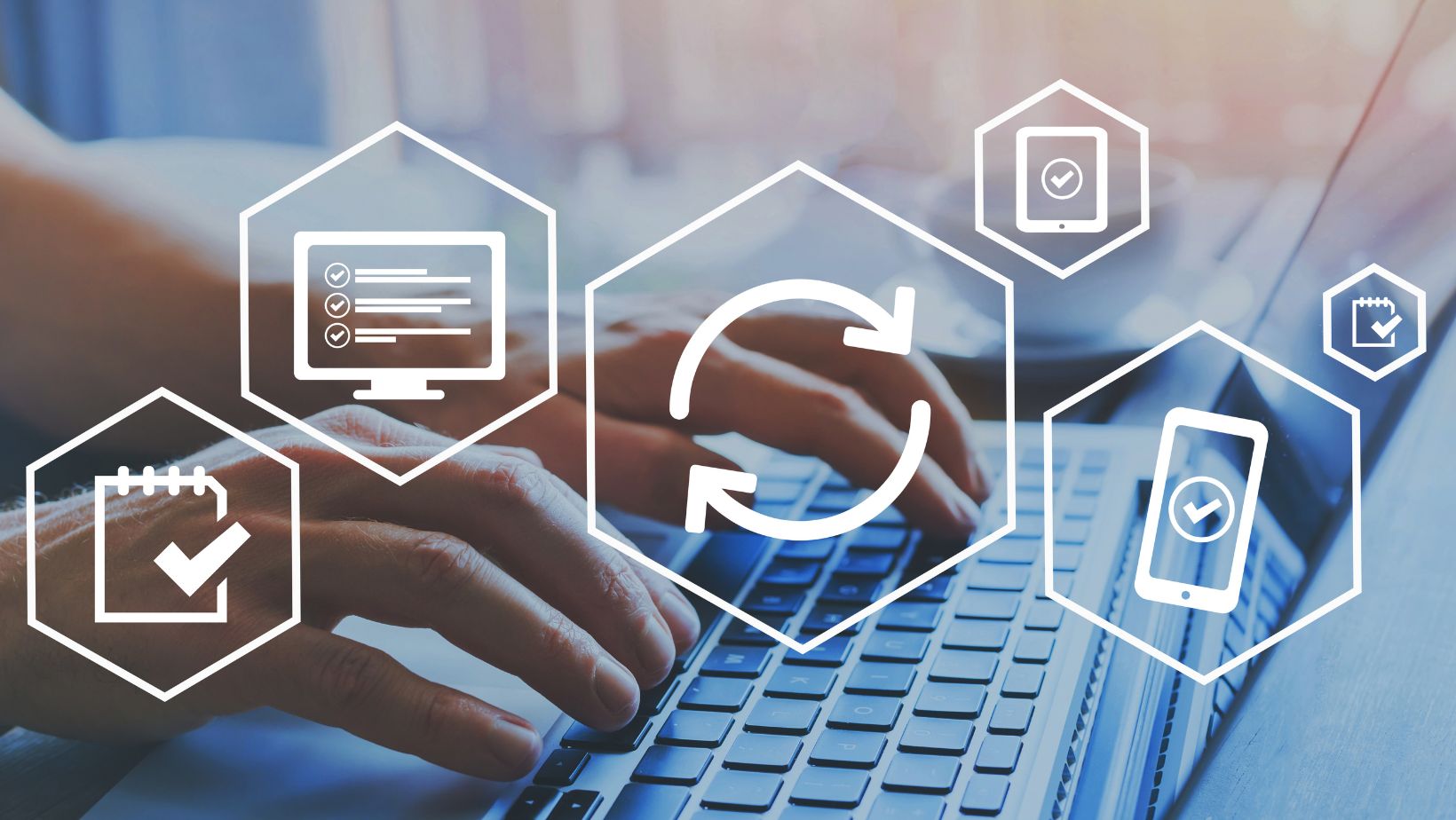In today’s era, learning management systems (LMS) have become a tool for educational institutions and businesses. LMS software enables organizations to efficiently create, deliver, and track courses and training programs. However, like any software, LMS solutions can encounter difficulties requiring troubleshooting and maintenance. Whether you are an LMS administrator or a user, it is crucial to have tips for troubleshooting issues that may arise during the maintenance of LMS software. In this blog post, we will discuss some of the encountered problems and provide steps you can take to resolve them.
Performance and System Crashes
One of the prevalent issues in LMS software is sluggish performance or system crashes. Slow loading times and unresponsiveness can frustrate users and impede the learning process. To address this problem, start by checking your internet connection and bandwidth. If the issue persists, consider clearing your browser’s cache or using a different browser altogether. It is also worth verifying whether your LMS software requires any updates or if there are any conflicting plugins or extensions causing compatibility problems. If none of these solutions prove effective, contacting your LMS provider’s customer support team for assistance may be worthwhile. In identifying the root cause of slow performance, they can assist in pinpointing the reason for the sluggish performance and offer suggestions on how to resolve the problem.
Troubles with Logging in and Authentication
Encountering login and authentication issues can significantly disrupt your access to the LMS. If you cannot log into your LMS account, try resetting your password. Most LMS solutions, like the Saba Cloud App, have a “Forgot Password” option that allows you to reset your login details. Additionally, ensure you’re entering the correct username and password, as typographical errors are common. Your account may temporarily lock or deactivate if you still can’t log in. In such cases, seek assistance from your LMS administrator or customer support.
Challenges with Uploading Courses and Displaying Content
Another familiar issue users face when maintaining LMS software is uploading course materials and correctly displaying content. If you encounter difficulties uploading files or experiencing problems with a content display, consider following these troubleshooting steps.
Firstly, verify if the file format is compatible with your LMS system. Some systems only accept file formats, like PDFs, MP4s, or SCORM packages.

Additionally, ensure that the file size doesn’t exceed any limitations set by your LMS system, as files may result in loading times or failed uploads. If you still face issues, you can try uploading or converting the content to a compatible file format. Sometimes, making changes to the format can resolve any display problems. If the issue persists, it’s advisable to contact your LMS support team for assistance.
Dealing with Error Messages and Bugs
Error messages often indicate problems in the LMS software. Take note of the error message you receive and search for solutions online. Many LMS providers have knowledge bases—support forums where you can find resolutions for error messages.
If you encounter a bug or glitch in your LMS software, it’s essential to report it to your LMS provider. Provide information about the problem, including any error messages, steps to reproduce the issue, and details about your system specifications. Reporting bugs helps improve the software as developers release patches and updates to fix these issues.
Insufficient Reporting and Analytics
Accurate reporting and analytics are crucial for monitoring learner progress and evaluating the effectiveness of courses. If you find that your LMS software reporting and analytics features need to be improved or fixed, there are some troubleshooting steps you can take.
Start by checking if there are any updates for your LMS software. Sometimes, when you’re experiencing issues with reporting and analytics, updating your software can help resolve them. If that doesn’t work, you must check that you’ve correctly set up the reporting functionality within your LMS. Ensure you’ve chosen the metrics and parameters for tracking and reporting purposes.
If you’re still facing difficulties, don’t hesitate to contact your LMS provider’s support team for assistance. They’ll be able to guide you through troubleshooting steps and ensure that you correctly configure your reporting and analytics settings.
In Conclusion
Encountering problems with LMS software is relatively standard. By following these troubleshooting tips, you’ll be able to address issues.

Remember to check your internet connection, update your software, clear your cache regularly, and consult with your LMS provider’s support team whenever necessary. With maintenance and troubleshooting efforts in place, you can ensure uninterrupted learning experiences for all users.














